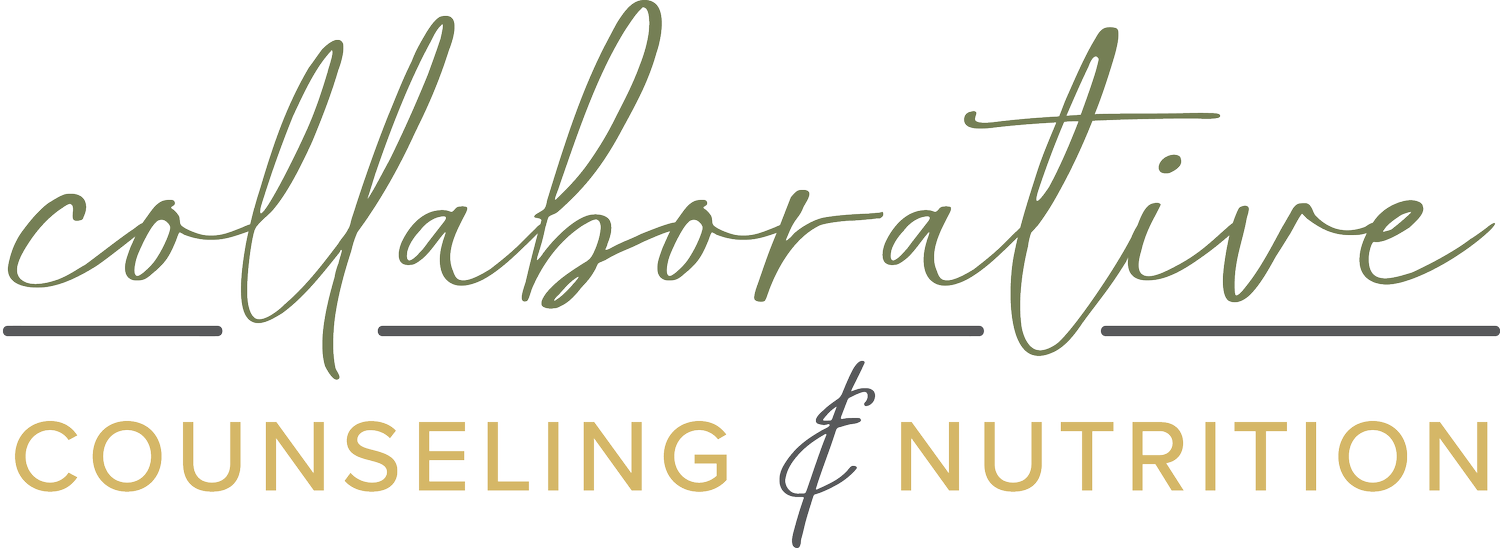Stop Commenting on Other People’s Bodies: Try This Instead
If you’re a human, it’s likely someone has commented on your body at some point in your life. for some, this is a daily occurrence, and the comments are not positive or helpful. Today, we are diving into why commenting on people’s bodies can be so harmful and what to do instead.
You Don’t Have to Love Your Body
Happy Valentine’s Day! On this day focused on love, we are taking a bit of a different approach. Clients often talk about the difficulty in loving their body and we get it! Today, we are talking about why you don’t have to love your body and sharing other practices you can do to shift your relationship with your body.
6 Somatic Tools to Help Release Emotions
What are somatic tools? And can they be as helpful as talk therapy for helping processes and release emotions? Today, we are briefly diving into somatic therapy and sharing 6 Somatic Tools to Help Release Emotions!
5 Ways to Be Kind to Your Body This Month
While winter officially started at the end of December, for folks in the Midwest, January starts a 3-month (at least!!) stretch of winter that brings cold weather, snow, and gray skies. The ‘New Year, New You’ mentality aims to make at least this month more ‘manageable’, it can also leave us feeling exhausted and stressed. The good news is there are ways to take care of yourself and be kind to your body in the process.
Ask the Team: What is Set Point Theory?
Set Point Theory posits that our body has a weight range where it feels most comfortable and will always work to maintain. This range is where our bodies feel most comfortable, where all our systems function properly, and where weight is maintained without much effort on our end (read: no dieting). If our weight dips below the range, our body will adjust metabolism and appetite to bring us back to our set point/set range. Your set point range is generally around 10-20 pounds.
Fat is Not a Feeling
Since “fat” is NOT actually a feeling, when you identify and express your feelings with this label, it can be not only unhelpful and inaccurate but also problematic. Since we, unfortunately, exist within a fatphobic society (read: diet culture), it is not uncommon to have negative associations tied to what “fat” means or represents to you. Most of us have been taught that “fat” is bad, unhealthy, lazy, or even unsuccessful - very harsh labels to attach to a person simply based on their body size (which dismisses major components of body size such as genetics). When people are dealing with difficult feelings, encounter experiences that trigger insecurities/tap into emotional wounds, or worry about being viewed in such a negative light by others or themselves, it could be masked with the label of “fat”.
What is Body Neutrality?
Body neutrality is an alternate approach to body positivity that tells us that our bodies are neither bad nor good, they just are. Body neutrality emphasizes the idea that our bodies’ purpose is rooted more in the functionality of living (aka carrying us through life) versus being an indicator of the quality of human we are or how we are doing in life (Horn, 2021).
Ozempic and Eating Disorders
Research shows both losing weight and restrictive dieting increase the risk for eating disorders. Many assume a restrictive diet has a name, rules, and a specific duration, but the term “restrictive diet” simply refers to eating less than your body needs. Not only are GLP-1’s prescribed in addition to restrictive diets, but they also make following a restrictive diet much easier due to their mechanism of action: extreme appetite suppression and delayed gastric emptying.
8 Ways to Support Yourself During Tough Body Image Days
Navigating body grief and tough body image days can be really difficult. Grab these tips for how to support yourself!
What is Body Grief?
Bodies change throughout our life. It’s normal and it’s supposed to happen. Yet, in our culture, body change is often seen as a bad thing. Add in how difficult it is to live up to our culture’s unattainable body standards and body grief makes sense. Today’s post dives into the various stages of body grief.
Is it really about the weight?
We understand that talking about bodies is a big topic, with a lot of nuances. We aren’t claiming to know all the answers or know what works best for your body and your life. Instead, our aim with this post is to provide insights that get you thinking critically about the role of (intentional) weight loss and its impact on your physical, mental, and emotional health.











